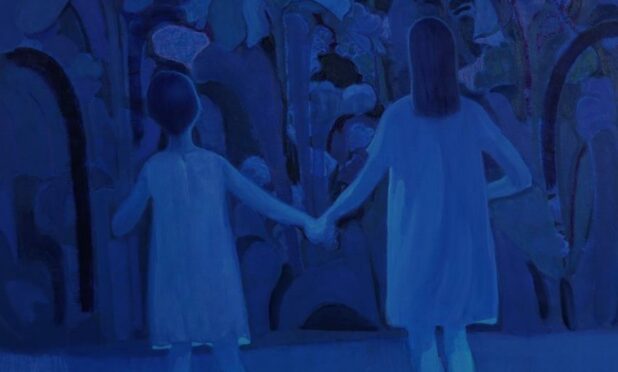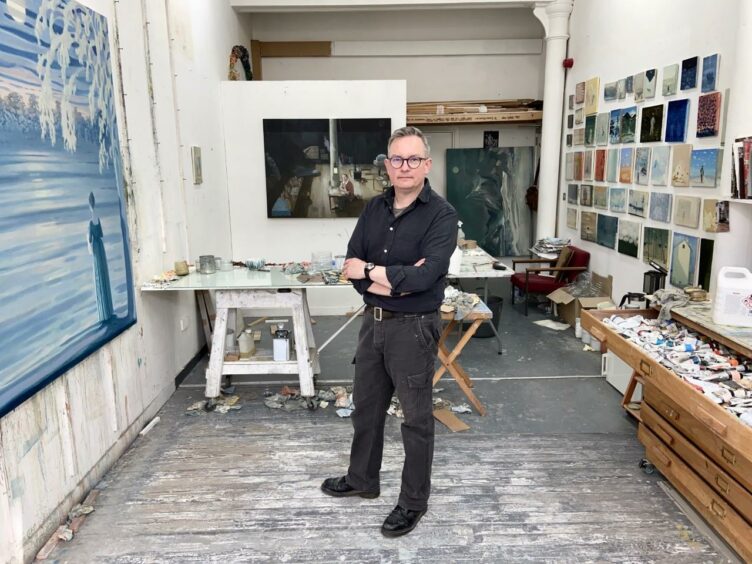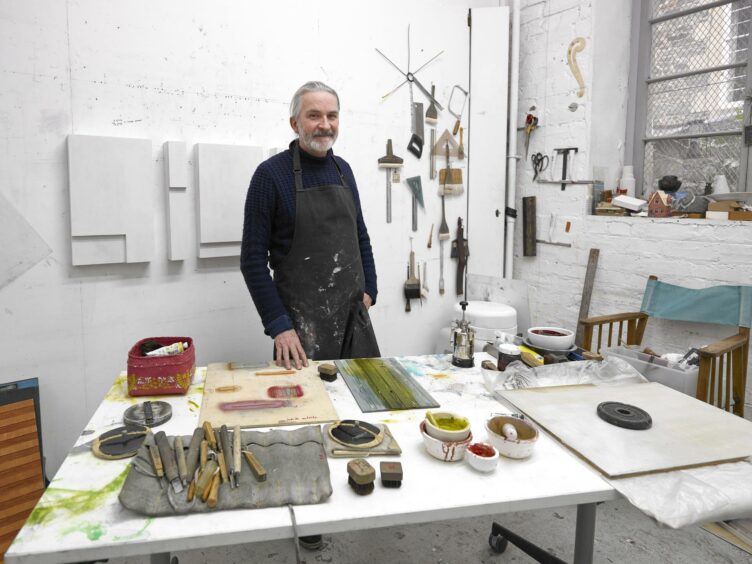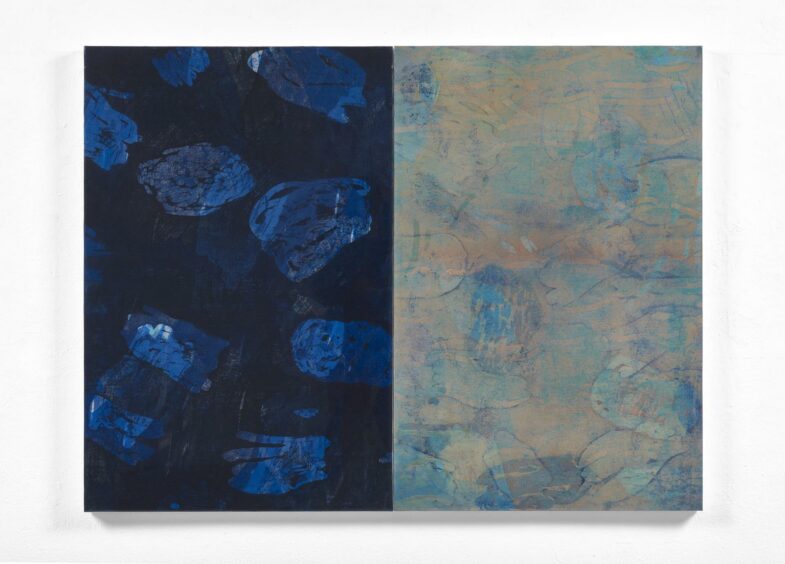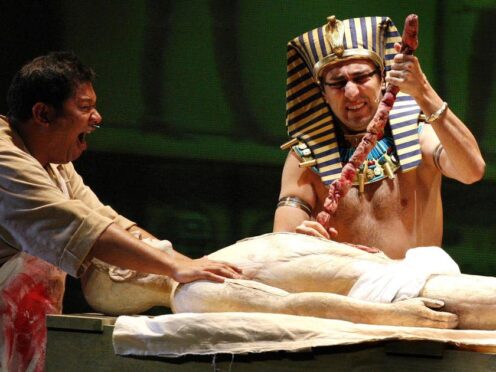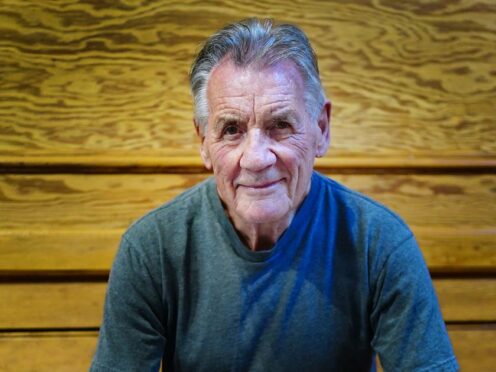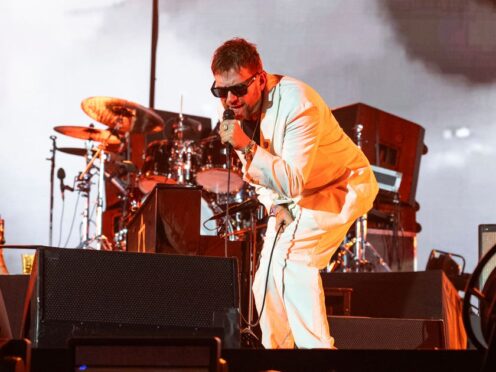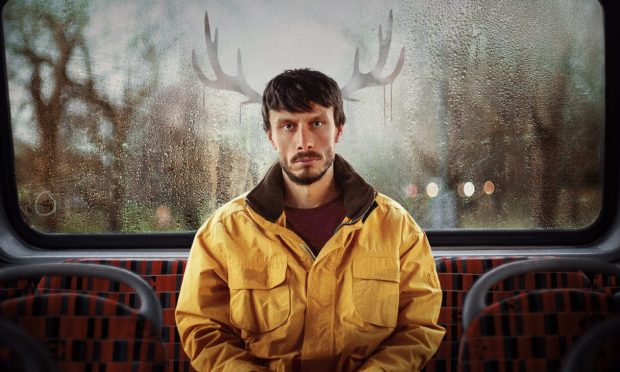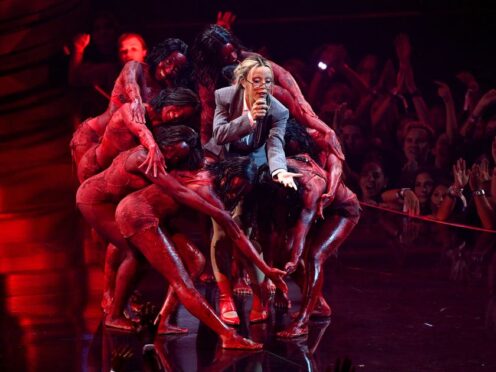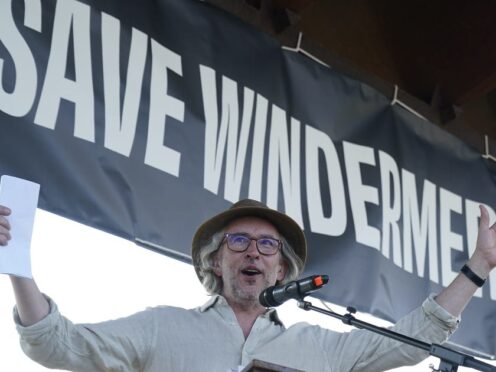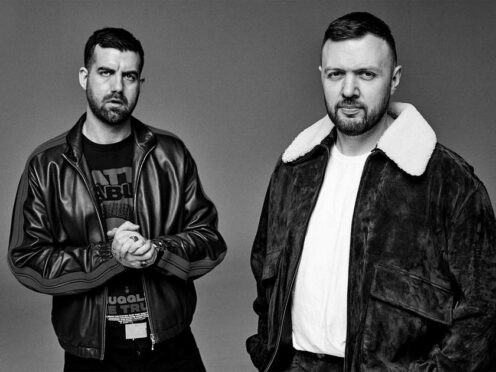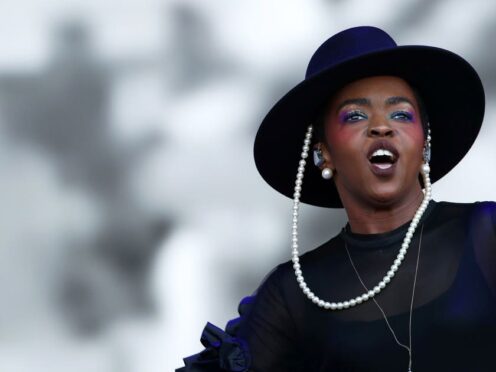At first glance, two Scottish artists on show at Newport’s Tatha Gallery have little in common.
One specialises in a Japanese style of printing, while the other paints often uncanny scenes inspired by imagination and memories.
Yet the works of both Paul Furneaux and Barry McGlashan repay close attention.
The joy in the former’s abstract prints comes from their varied textures and small-scale additions of colour, while the latter’s seemingly minimal scenes feature tiny details easy to miss at first glance.
Accolades in common
Moreover, this pair of highly regarded creatives both hail from Aberdeenshire and in 2019 they were recipients of Tatha exhibition prizes at prestigious shows held by the Royal Scottish Academy, Edinburgh.
The Fife-based gallery’s owner, Lindsay Bennett, has long been a supporter of Paul, having already shown his work in her space, before awarding him a full display after he stood out at the RSA Open exhibition.
Barry, however, was unknown to Lindsay until she discovered him later that year at the collaborative Society of Scottish Artists and Visual Arts Scotland Open exhibition at the same venue.
Now they have been awarded displays at the Tayside venue – Haru: Spring and Night Music respectively – each taking over a room, in a long-delayed pairing, the gallery director explains.
Worth the wait
“Life’s conspired against us, but, hey, it’s probably worth the wait,” Lindsay says.
“We just thought they’re two amazing artists that are well sought after. Barry was showing one picture of a boat that was such a big, demanding work. It just sang to us.
“Paul’s the best woodblock print artist around and when his work was in the RSA Open, we just know we wanted to show his work on its own, in its entirety.”
Born in Ellon, Paul studied at Edinburgh College of Art, in the city where he now lives.
It was in Aberdeen making woodblocks that he witnessed visiting Japanese printmakers demonstrating mokuhanga, a traditional technique that involves applying colours to handmade papers.
Anticipation of spring
Inspired by this natural style, he spent four years from 1996 in Tokyo learning mokuhanga, returning to Scotland to progress his career.
Since then, he has returned to Japan several times and it was his visit in spring 2019 that inspired the timely works on show at the Tayside venue (haru is Japanese for that season).
In the catalogue for the show, Paul writes he was enthused not by spring in full bloom, but the beginning of the season when we begin to notice the first hopeful signs of the end of winter.
He says of his pieces, “They are the restrained anticipation of this happening – the potential, the buds dormant hints of future pleasures.”
Barry, meanwhile, was brought up in Aberdeen, studied at its Gray’s School of Art and having taught there until 2005 continues to live in the area.
His current set of paintings come in muted tones and hazy outlines that suggest twilight and nightfall, hence his show’s title.
The effect of darkness on our perception is a key inspiration, Barry explains, without wishing to divulge much more about the lone figures that inhabit many of his works.
The sense of exploration
“I’ve wanted to make a show on that theme for some time and the Tatha felt like a good fit,” he says.
“My subjects tend to wander when I’m making paintings as I like that feeling of exploration in the studio, it’s all very mysterious.”
Intriguingly, several paintings include figures in 18th Century wigs and dress, among them the title work of the show that seems to suggest Mozart’s famous composition Eine Kleine Nachtmusik (A Little Night Music).
Another is named Let Those Laugh That Win (after Kubrik), hinting at Stanley Kubrick’s historical drama Barry Lyndon – and Barry admits to a fascination with this particular time.
“I suppose they are about that period of the Enlightenment, which I think is very important in the Scottish identity as we were such a part of it,” he says.
“There’s a kind of beauty in it, maybe a sort of humour too – the pomposity of it.”
- Haru : Spring and Night Music are at Tatha Gallery, Newport, until May 14.
